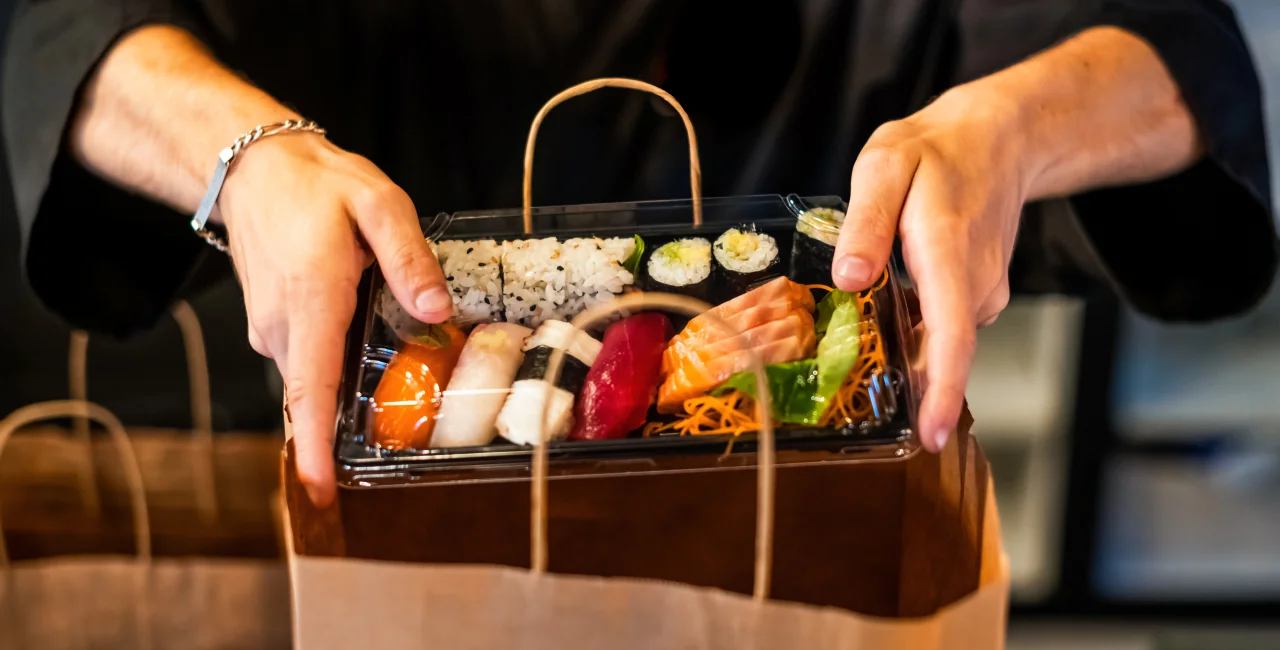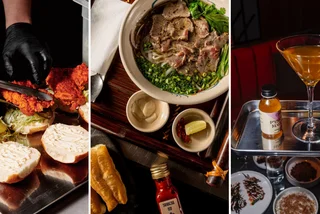Five years ago this week, the Czech government declared its first state of emergency due to the coronavirus. Few sectors have felt the lasting effects of the Covid-19 pandemic more than the hospitality industry.
Restrictions led to the closure of 10 percent to 15 percent of businesses and ownership changes in another 10 percent to 15 percent, according to Luboš Kastner, chairman of the gastronomy section of the Czech Chamber of Commerce.
Village pubs were hit hardest, while cafés, bistros, and fast-food restaurants saw growth. Some experts highlighted positive changes, including greater focus on speed, quality, customer service, and innovation.
Decline of traditional pubs accelerated
Government restrictions on restaurants lasted intermittently from March 2020 to March 2022, resulting in declining profitability and an industry-wide labor crisis as experienced workers left. Rising costs and falling profits reshaped the market, accelerating the decline of traditional beer pubs while fueling the rise of bistros and cafés, Kastner told ČTK.
Václav Stárek, president of the Czech Association of Hotels and Restaurants, said bars and pubs suffered the most, while fast-food restaurants were the least affected. He criticized the government’s limited financial support for business owners, beyond rent compensation and partial employee retention subsidies.
Burgers, pizza, sushi, most-ordered pandemic foods
Consumer behavior also shifted, with people dining out less frequently but spending more on special occasions or weekends, according to Kastner. Increased food and beverage prices—rising as much as 50 percent for beer and classic Czech dishes—deterred some customers. On the Foodora platform, menu prices rose 36.4 percent from mid-2020 to early 2025.
The pandemic accelerated the adoption of food delivery services. Wolt doubled the number of restaurants it worked with within a year, while Foodora expanded its services. Bolt spokesman Jan Huk said delivery helped many restaurants survive without mass layoffs.
During the pandemic, burgers, pizza, sushi, and Asian cuisine were the most frequently ordered foods, with growing interest in healthier options. “People became more aware of the importance of healthy eating,” Foodora director Adam Kolesa said. Kastner also noted a decline in alcohol consumption among younger people.
Crisis spurred culinary innovation
The crisis also spurred industry innovation. Restaurants invested in digitalization, improved online ordering and delivery, and focused on service efficiency. Kolesa said the pandemic “purified” the market, leaving only the most efficient businesses operating. “It raised customer expectations and set new standards for speed, convenience, and service quality,” he said.
Customers have become more appreciative of restaurants with an authentic and responsible approach, Kastner said. Stárek praised the rise of online communication, which helped bring patrons back to their favorite establishments. While people are dining out less frequently, he said, they are willing to pay more and focus on quality.













 Reading time: 2 minutes
Reading time: 2 minutes 


























